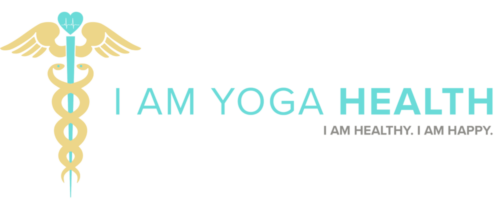So, your blood pressure (BP) is high and you don’t want to take a bunch of pills or maybe no medicine at all. You are not alone. One in every three Americans have high BP. Only half of those individuals have their BP under control. High BP, otherwise known as Hypertension, is a huge problem which can lead to heart attack, stroke, kidney failure and death.
Fortunately, there are many ways to manage high BP. While medicine may be necessary at some point, generally, you can lower your blood pressure with a few simple changes in your life.
Stress is a key factor in the development of high blood pressure and heart disease.
We’re all familiar with the term, “flight or fight”, a biological response also known as the stress response, that the body uses to prepare for or avoid danger. So, here’s the science behind it all. When we perceive danger, the hypothalamus in the brain receives the message. The hypothalamus communicates with the rest of the body through the autonomic nervous system. This system is divided into the sympathetic nervous system (the gas pedal) and the parasympathetic nervous system (the brake). When the hypothalamus receives a danger signal, it then activates the sympathetic nervous system to release adrenaline and the adrenal gland to release cortisol. These hormones lead to a burst of energy which involves increased heart rate, blood pressure and respiratory rate. This is an important mechanism to keep us safe in the face of real danger. Once the “threat” is over, the parasympathetic branch takes over and brings the body back into a balanced state through the activation of the vagus nerve and its actions.
The problem is when the sympathetic nervous system is repeatedly or chronically activated when we consciously or subconsciously overreact to stressors that are not life-threatening, such as traffic jams, work pressures, family, health issues, etc. Repeated activation takes a toll on the body, leading to hypertension and heart disease.
Unfortunately, we can’t completely eliminate all stress in our lives. But, we can manage it.
First step… Breathe. As we discussed last week, mindful breathing can have amazing health benefits, one of which is to lower your blood pressure. Research has shown that slow breathing at 6 cycles per minute reduces blood pressure.
Try it! (1) Inhale slowly, silently counting, allowing the belly to expand. (2) Slowly exhale the breath and try to make it the same count as the inhale. If you’re new to mindful breathing, start off with a count of 3 and gradually increase the count to 5, which should coincide with 6 breaths per minute. (3) Repeat for several minutes or as long as you like. (4) Do this breathing exercise daily.
Breathe when you perceive stress in your life — take a few deep breaths before that meeting, before driving into rush hour traffic, when you’re stuck at the red light,before that date, before stepping onto that train platform, before the parent-teacher meeting about your child, before that sports competition. As a runner, mindful breathing has completely transformed my run – I am faster yet more relaxed – go figure.
Pranayama are the yoga breathing techniques we discussed last week. Small studies report that Alternate Nostril Breathing reduces diastolic blood pressure, heart rate, and respiratory rate. Please talk to your yoga instructors about this and other pranayama techniques.
Stress definitely contributes to the development of high BP but so does … poor nutrition, lack of physical activity, being overweight, and smoking. So, I will devote the next few blogs to effective ways to lowering blood pressure. May is National High BP education month. The next few blogs will focus on how food, meditation and certain yoga postures can lower your blood pressure.
Next blog — how to lower your blood pressure with food. YUM!
🙏🏼 Namaste, Your Yoga Doctor


